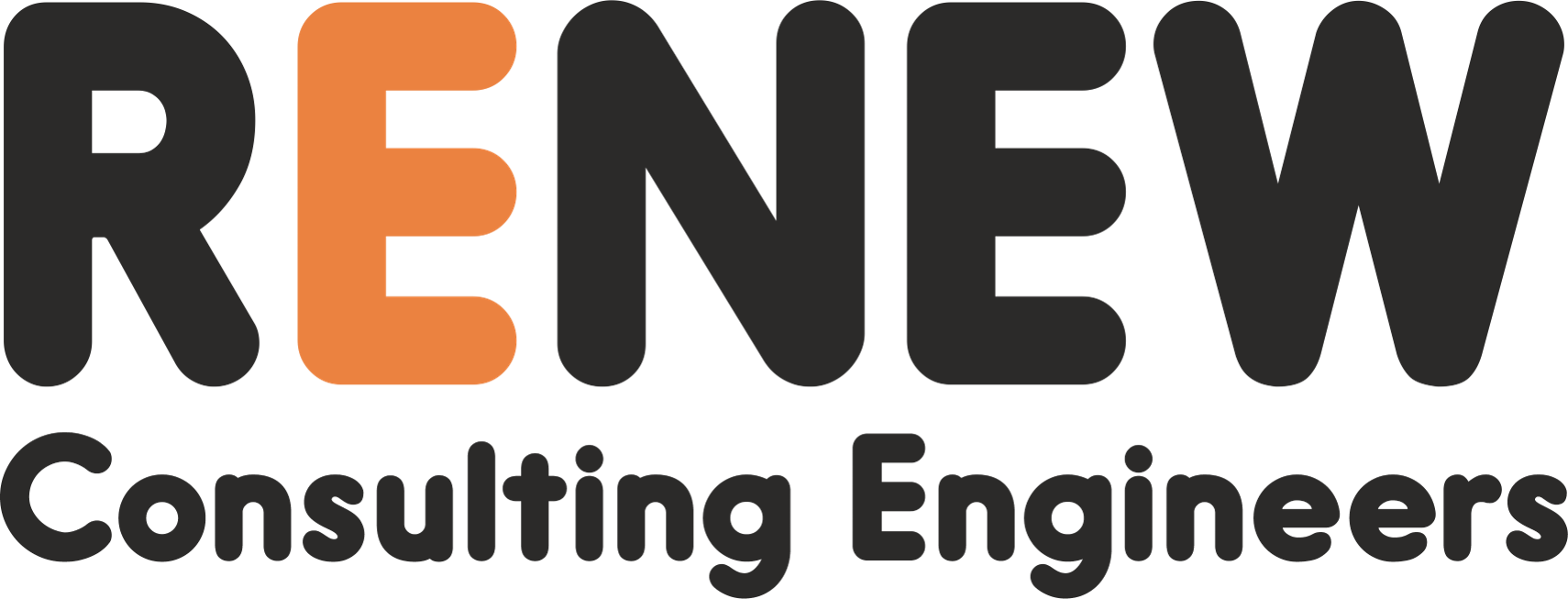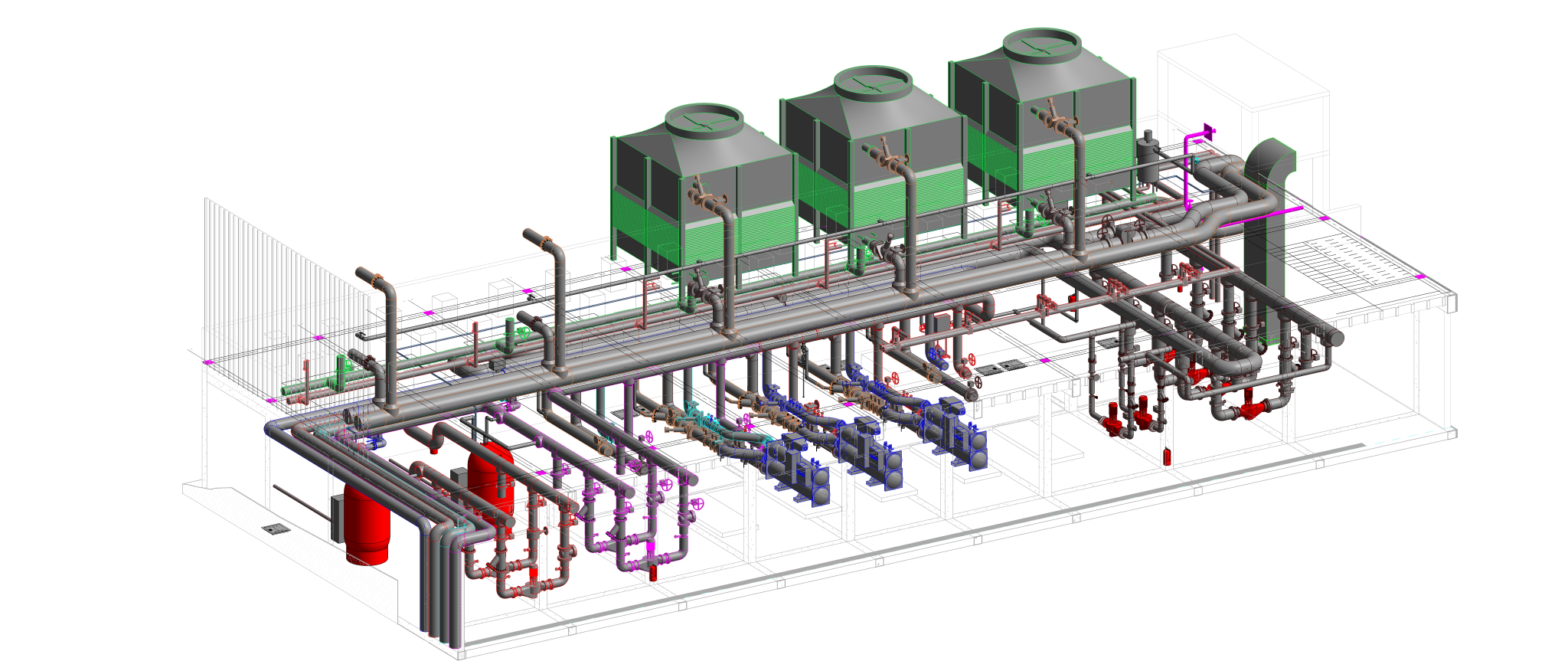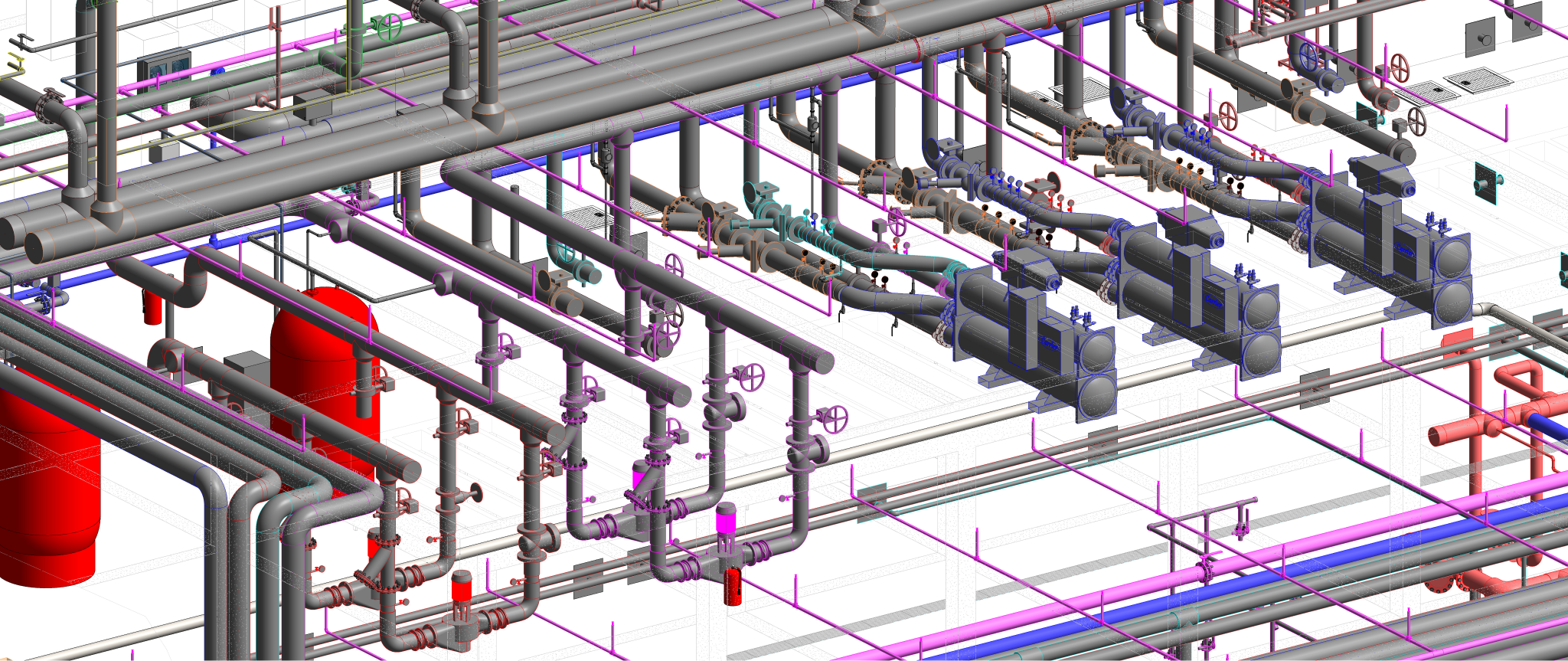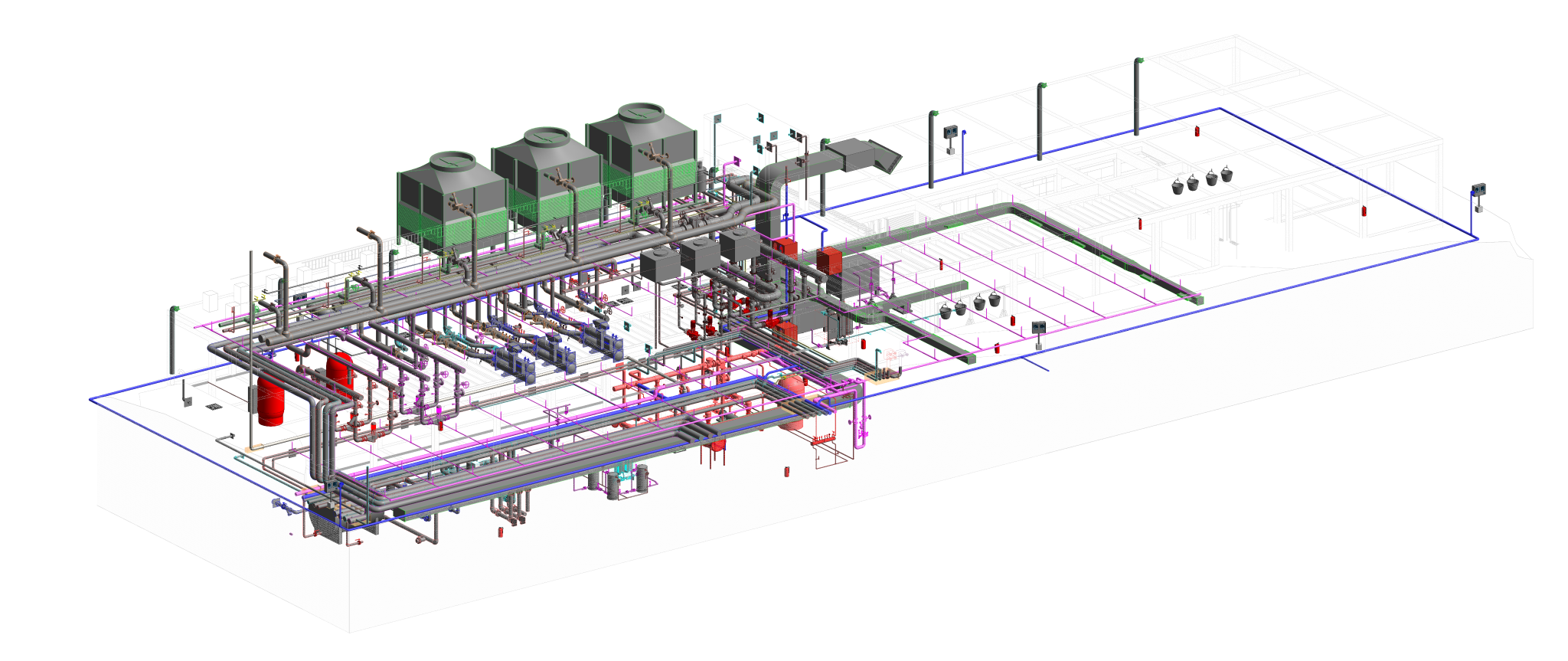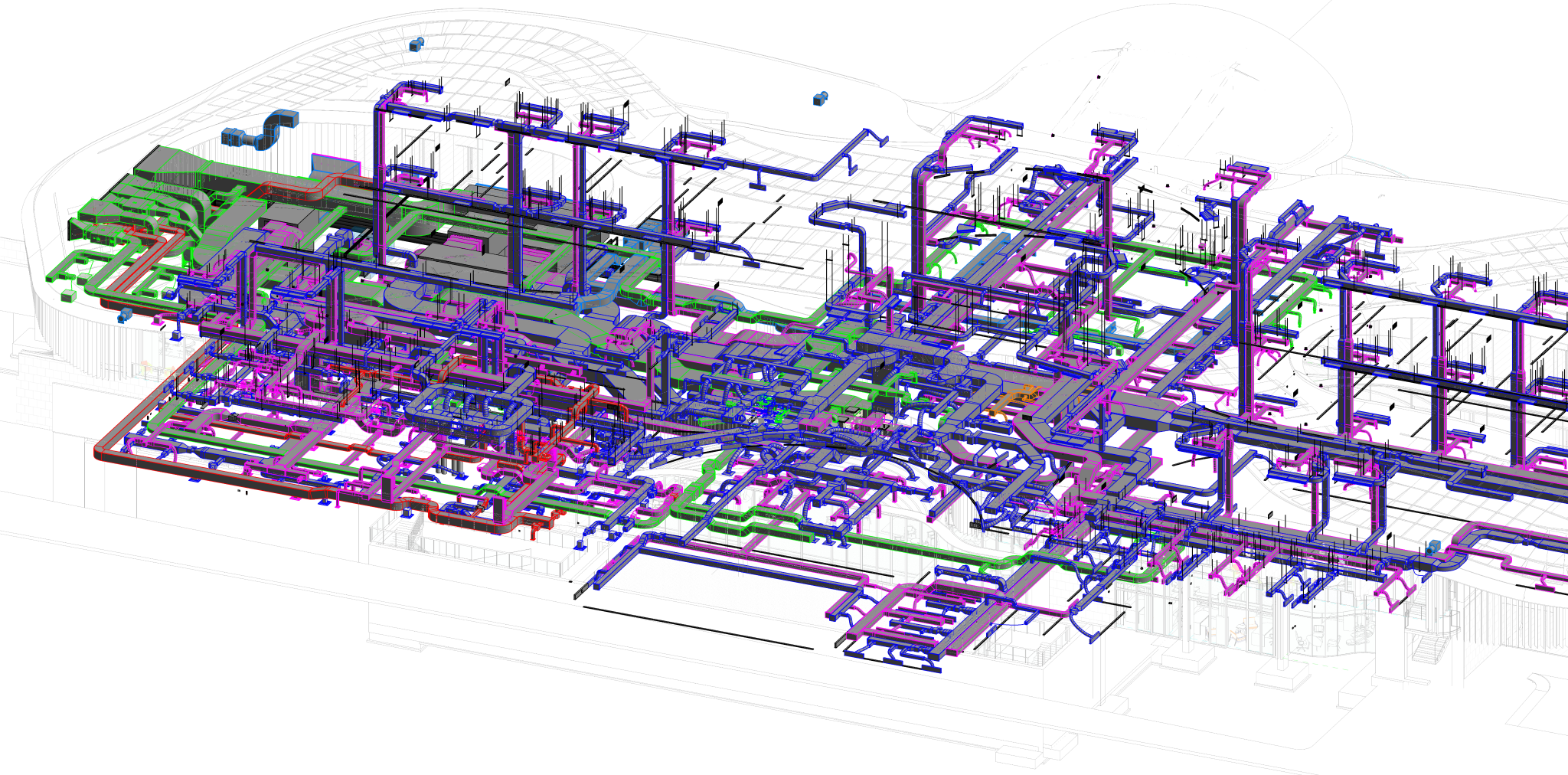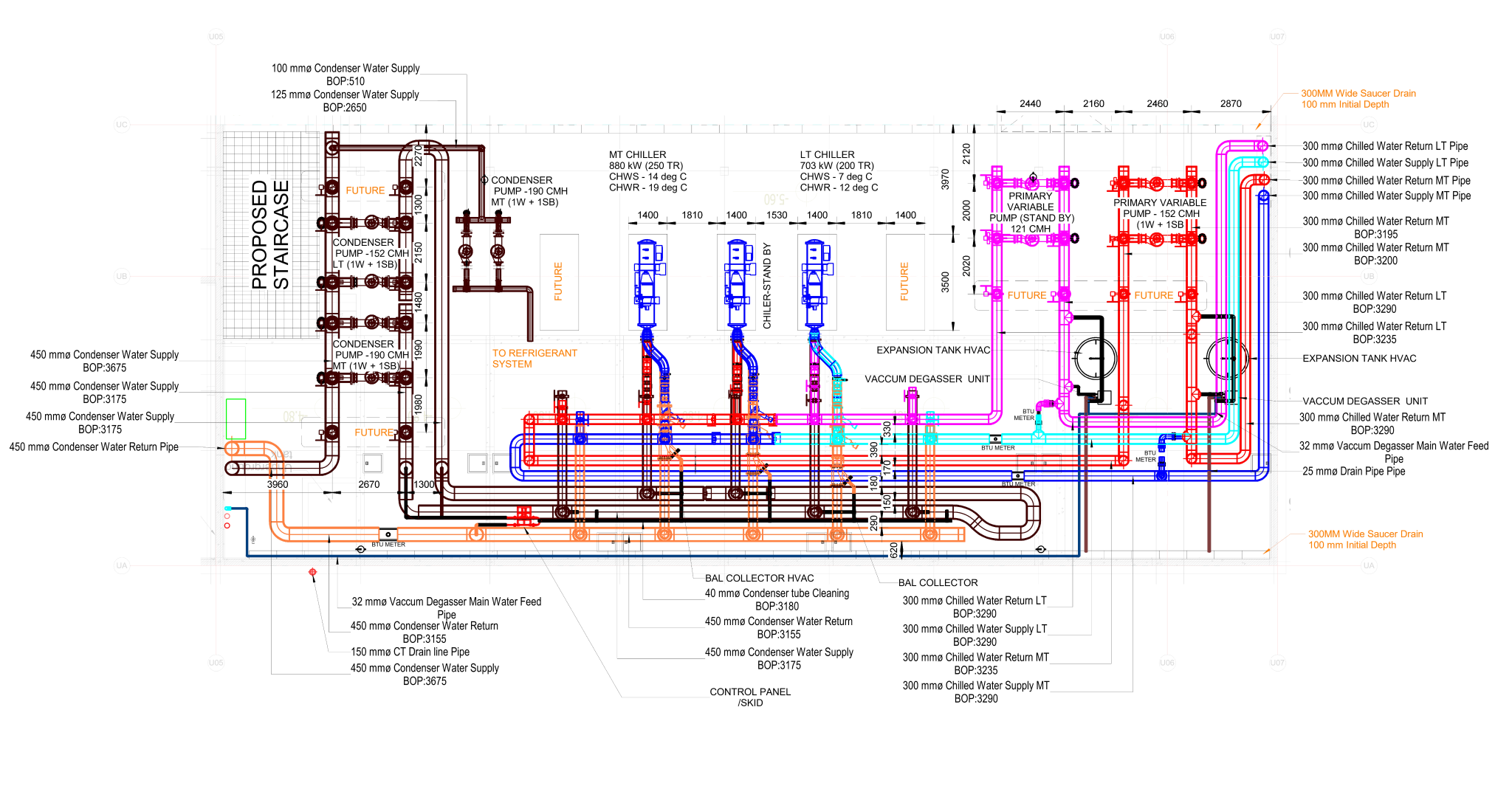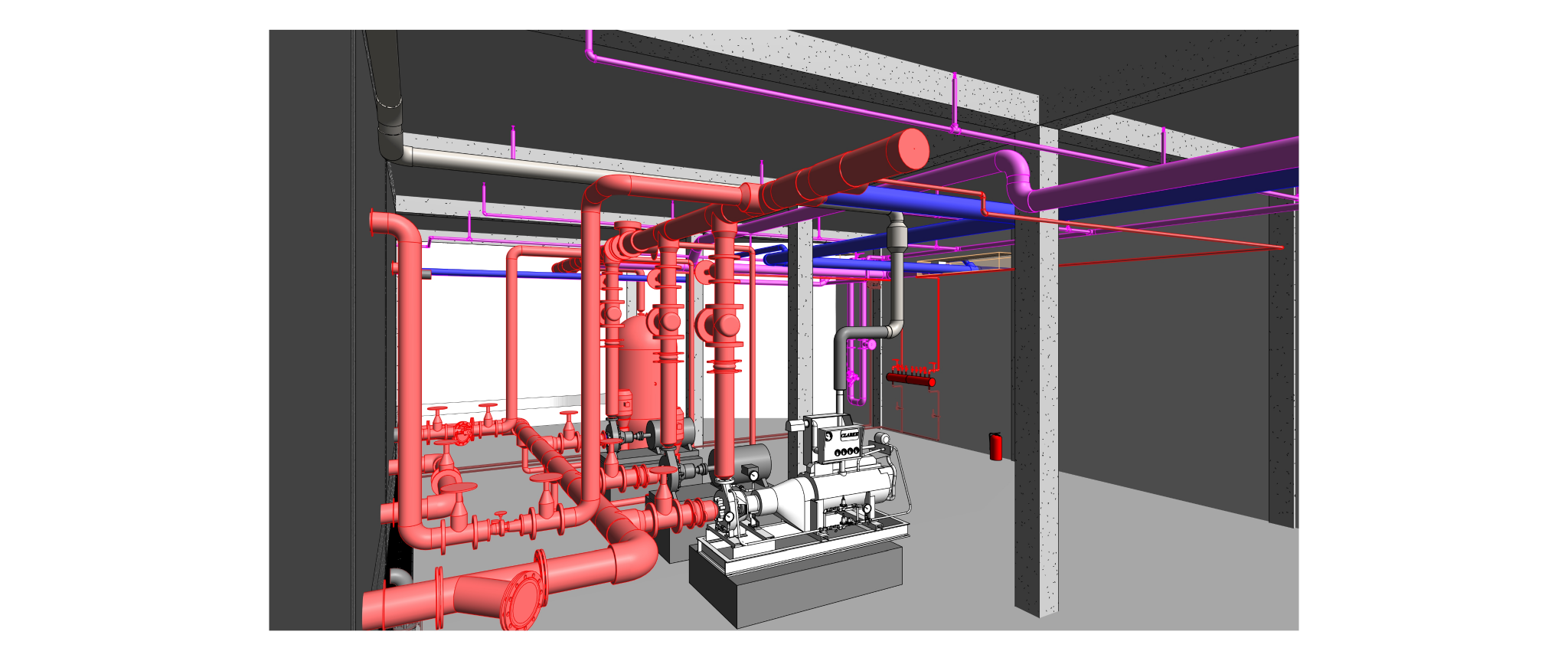The design of a fire protection system is a paramount consideration in any building or facility, aiming to safeguard lives, property, and the continuity of operations. A well-planned fire protection system integrates various components to detect, control, and extinguish fires effectively.
- Regulatory compliance: The foundation of any fire protection system design lies in compliance with local, national, and international fire safety codes and regulations. Adherence to these standards ensures that the system meets legal requirements and follows industry best practices.
- Risk assessment: A thorough risk assessment is conducted to identify potential fire hazards within the building. Factors such as occupancy type, building size, fire load, and the presence of hazardous materials are considered to tailor the fire protection system to the specific needs of the environment.
- Detection system: Incorporate advanced fire detection systems to identify the presence of fire at its early stages. This may include smoke detectors, heat detectors, flame detectors, and intelligent alarm systems. The integration of these systems enhances the speed and accuracy of fire detection.
- Suppression system: Choose appropriate fire suppression systems based on the identified risks. Common suppression methods include water sprinkler systems, gas suppression systems (such as FM200 or CO2, etc), and foam systems. The selection depends on the nature of the fire hazards and the contents of the protected space.
- Fire extinguishers: Deploy portable fire extinguishers strategically throughout the building of Varied types based on the class of fire, including water, foam, dry chemical, and carbon dioxide extinguishers considering different fire classes.
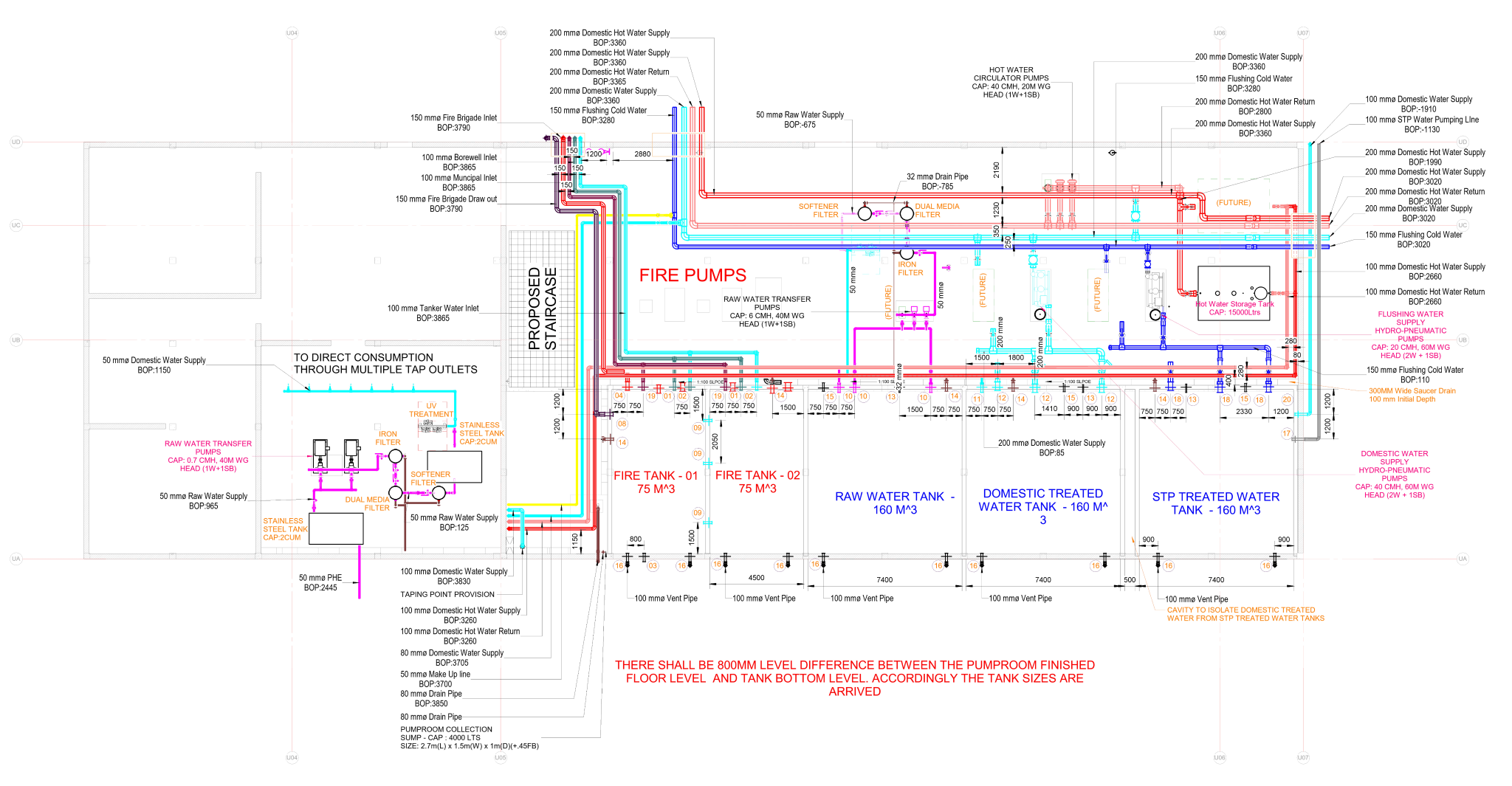
Type of fire protection systems:
- Water based sprinkler system where automatic water discharge shall be triggered upon heat detection.
- Gaseous fire suspension system where a clean and safe halocarbon agent shall be used to extinguish fires by removing heat.
- Foam based system which is effective for flammable liquid fires, creating a blanket to suppress the flames.
- Dry chemical system is used where suitable for Class A, B, and C fires by interrupting the chemical reaction of the fire.
- Pre-action system is a hybrid system which is a combination of dry pipe and wet pipe sprinkler systems, activating only when a predetermined condition is met.
In conclusion, fire protection system design is a multifaceted process that requires a holistic approach, considering building characteristics, occupancies, and potential risks. A well-designed system, coupled with regular maintenance and adherence to codes and standards, plays a pivotal role in safeguarding lives and property in the event of a fire. As technology evolves, the integration of smart systems and advanced detection methods will continue to shape the future of fire protection system design.
